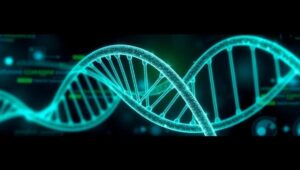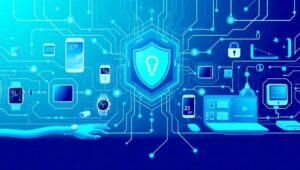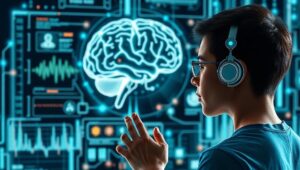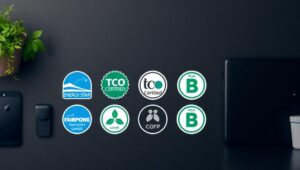May 31, 2025
AI and Longevity: Extending Human Lifespan (2030s Research)
AI and Longevity: Extending Human Lifespan (2030s Research) Artificial intelligence (AI) is rapidly transforming various fields, and healthcare is no exception. One of the most promising applications of AI lies in the realm of longevity research. By analyzing vast amounts of biological data, AI algorithms can identify patterns and potential interventions to extend human lifespan. This article explores the current state of AI-driven longevity research, focusing on advancements expected by the 2030s. Understanding the Role of AI in Longevity AI’s ability to process and interpret complex datasets makes it an invaluable tool for understanding the aging process. Traditional research methods












